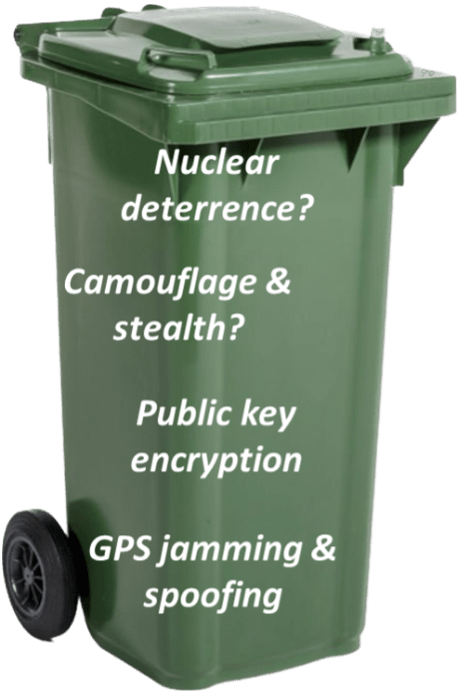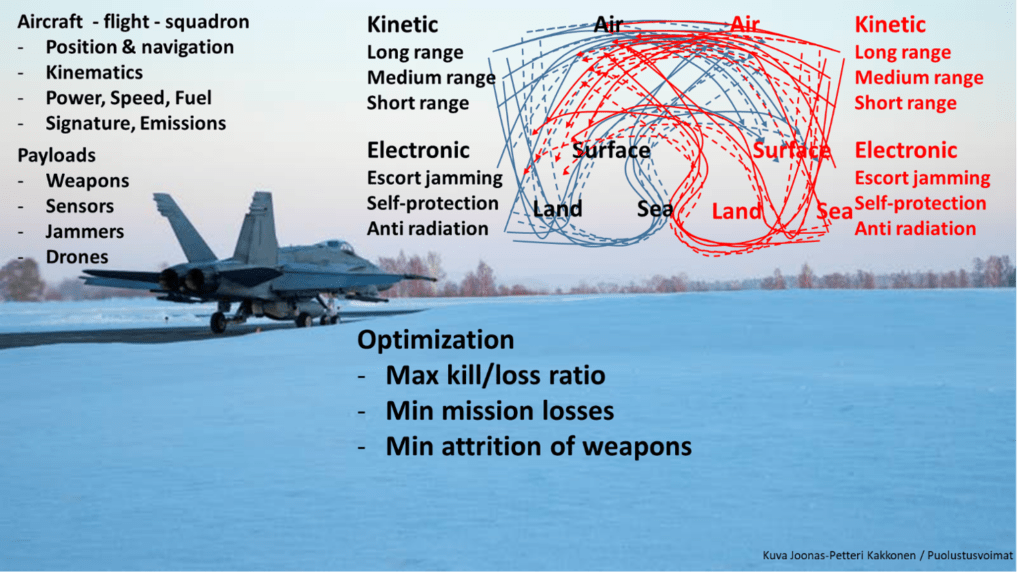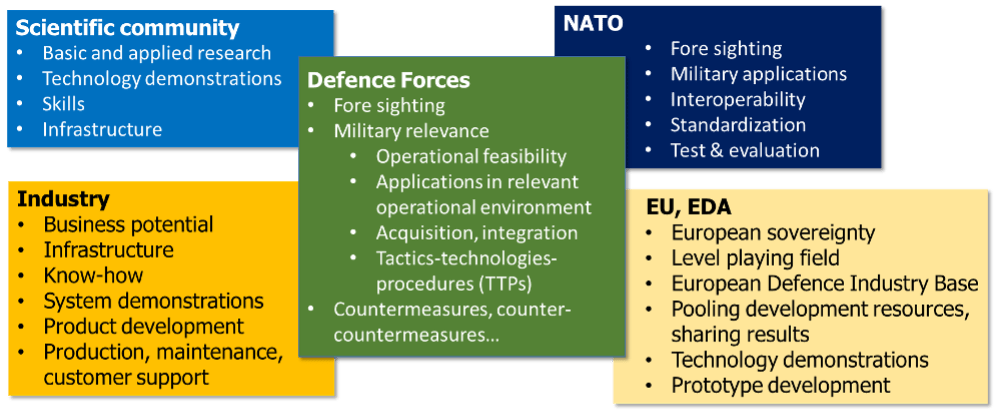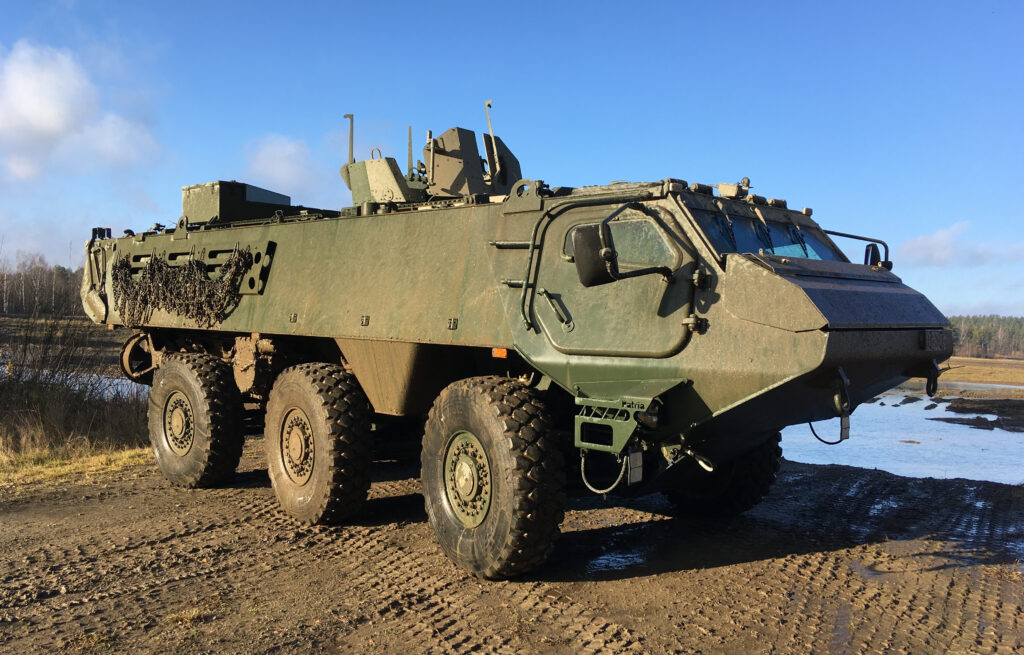Finnish technology research centre VTT launched Finland’s second Quantum computer on Tuesday 10th October. The 20-qubit quantum computer will bring quantum computing in Finland to a new level. But what is quantum technology, and how it could be applied for defence purposes?
Author: M.Sc., Lic.Tech, Dr.Tech h.c., GSO, Colonel Jyri Kosola, R&T Director, Finnish Defence Forces
Discussion around quantum technologies, like all technologies, follow the famous Gartner hype curve. We seem to have passed the peak of expectations and already entered the downfall of inflated promises. On the other hand, there seem to be several feasible applications, some with very disruptive consequences.
It is difficult to understand the quantum world, as things there seem to violate the logic of the macro world we live in.
As we by now know, the quantum world differs in many ways from the classical world we live in. In quantum world, a particle can be in two places at the same time. Or should I say at the same instance, as in the quantum world, there is no time in the way we know it. Particles can be in different states at the same time, only to settle to a given state when observed.
Imagine that in our classical world; you could be at the same time at work in a meeting, and at home watching ice hockey on TV! Your fridge would be both full and empty until you open the door. You could go to the kitchen by teleportation without moving your legs. That would be something!
But, as these things are not possible in our macroworld, engineers are developing more practical things, like
- Radars and lidars i.e. laser scanners that operate below noise floor.
- Atom clocks and inertial sensors that don’t need external information for PNT.
- Very fast, i,.e. very very very very very fast computers. In addition to the speed, there is one peculiar thing: as bits in quantum computer can be in several states at the same time, also algorithms could be in several states. That can lead to something totally new.
- Extremely sensitive sensors, even sensors capable of sensing gravity distributions
The functionalities quantum technologies provide, will be exploited in building capabilities like
- Situational awareness, that is to see and understand the battlespace.
- Command and control, that is to make decisions and communicate them.
- Manoeuvre and engagement, meaning movement and firepower, both of which require position, navigation and exact timing.
- Protect and sustain your assets and information.

To these capabilities, quantum technology contributes in many ways, like
- Allowing us, or the opponent, to use active sensors without being seen.
- Making seas transparent and seeing around corners.
- On one hand, breaking currently widely-used encryption methods, but on the other hand providing means to develop interception-safe communications
- Providing navigation aids and time sources that require no external information.
By now it is evident, that (once deployed), quantum technologies
- Render GPS jamming irrelevant.
- Force us to take into account that currently recorded secret messages can be decrypted in the near future, and we need to develop and field means for post-quantum encryption.
- There have been claims that quantum radars would make stealth obsolete. For now, this seems to be not true.
- However, what is of great concern, is Quantum gravity sensing, which has the potential to make oceans transparent, revealing SSBNs hiding in the depths as part of nuclear deterrence. We all understand, that this would have a huge impact.
But, for us, the users of future technologies, the key questions are:
- What would be the performance in relevant operational environment and conditions; how long, how fast, how far, how reliable etc.?
- How cost, size, weight, power consumption, environmental tolerance, need for cooling etc. will develop?
- Can our use of quantum means be detected and countered? Can we develop countermeasures to enemy countermeasures?
Answers to these questions will indicate when and where quantum-based capabilities will be feasible. For example, gravity sensing required a sea container in 2010s, a freezer-sized box in 2020s, and could possibly be fitted in a 19” rack onboard vehicles, vessels, aircraft and satellites in 2030s.
The speed of quantum computers can be utilized to solve different operational analysis challenges that are too complex for conventional computers. This would allow us to see, know, understand, decide, move and act faster and better than the enemy. We would be able to out-smart our opponents.
One example of ultra-complex optimization challenge is air combat. Air operations involve air and surface assets (that is fighter jets, airborne command and tanker planes, surface ships, ground-based sensor and missile systems etc.). These interact with each other by using different sensors and jammers, and launching weapons.

The optimization task might be to define launch areas for the weapons, flight paths for the jets or the payload for them to carry, while trying to maximize kill-to-loss ratio, or to avoid losses or to use as few missiles as possible to save their stockpile.
Even the basic setting with one aircraft is complex as everything affects everything. The complexity increases as the number of simulated assets grow.
The complexity exceeds the computing power of current computers, when enemy counter-actions, and our counter-actions to enemy counter-actions are taken into play, and our intention is to provide tactical advice to on-going operation.
In land environment the simulation challenge is much bigger, as the objects are not single-point, but point clouds, and as terrain, weather, traversability and visibility, line-of-sight, obstacles and obscurant need to be taken into consideration.
The power of quantum computer is not only in the speed, but also the quantum nature of processing. To exploit that, quantum algorithms need to be developed.

FDF strategy is not to do things that can be outsourced, therefore relying heavily on academia and industry to perform basic and applied research and to develop and produce solutions.
FDF research on quantum focuses on
- Estimating where, how and when quantum technologies will be used,
- Providing advice for concept planning, requirements definition, testing & evaluation, verification & validation
- Most importantly, developing countermeasures and protection, i.e. countermeasures to the hostile countermeasures.
FDF exploits both North-Atlantic and European cooperation, where
- NATO is the forum for Fore sighting, Military applications, Interoperability, Standardization and demanding Test & evaluation.
- EU and EDA, who are concerned about European sovereignty and related European Defence Industry Base, provide means to pool resources and share results to demonstrate technologies, and to develop prototypes.
Quantum technology has still plenty of hype attached, so we need to cool down. But after passing through the valley of inflated expectations, there will be revolutionary applications, that can be seen as possibilities or threats, depending on whether we are leading the technology race, or lacking behind.
In order to cope with the quantum race, Finland should have a national idea of what are we doing and how quantum technology is seen from academic education to earning our national income.
Having seen the state-of-the art in last week’s NATO quantum symposium, I have to say: Be warned, the future is already here.
Disclaimer: The arguments and opinions are solely of the authors and do not necessarily reflect the official position of the Finnish Defence Forces. Feel free to use the text and images, as long as you refer to the source.



